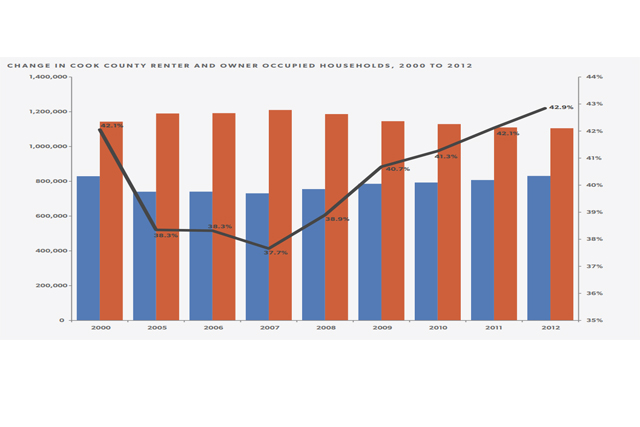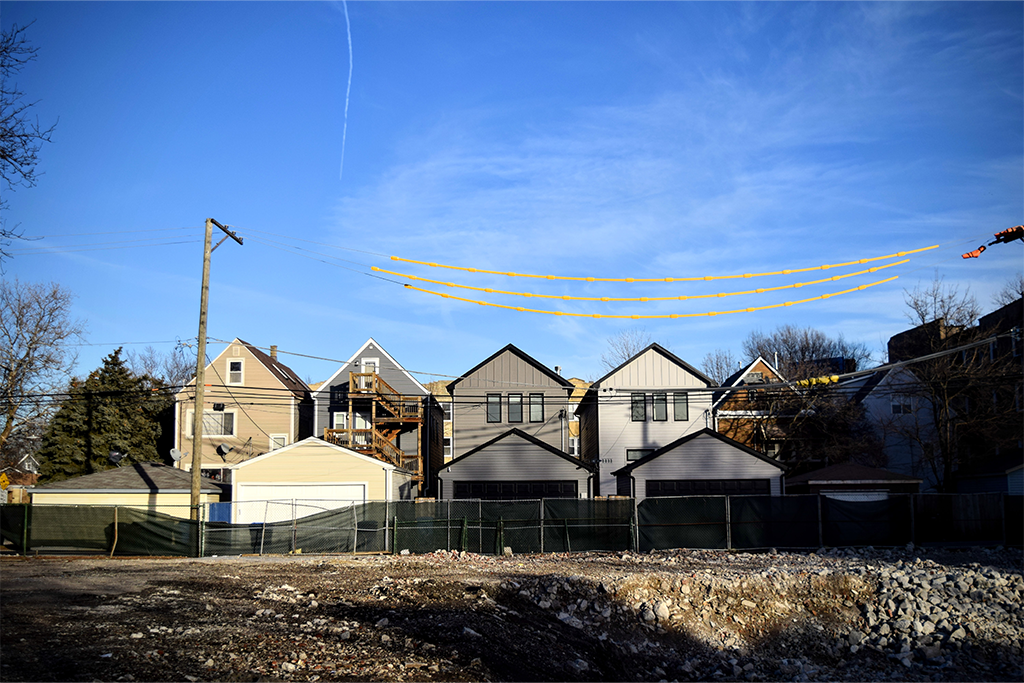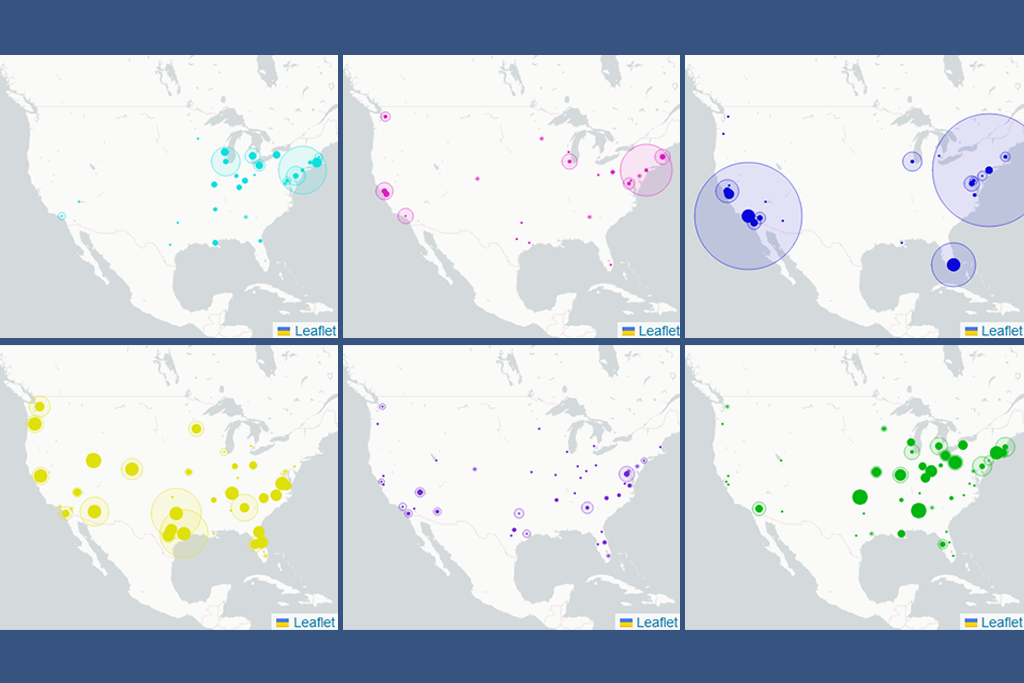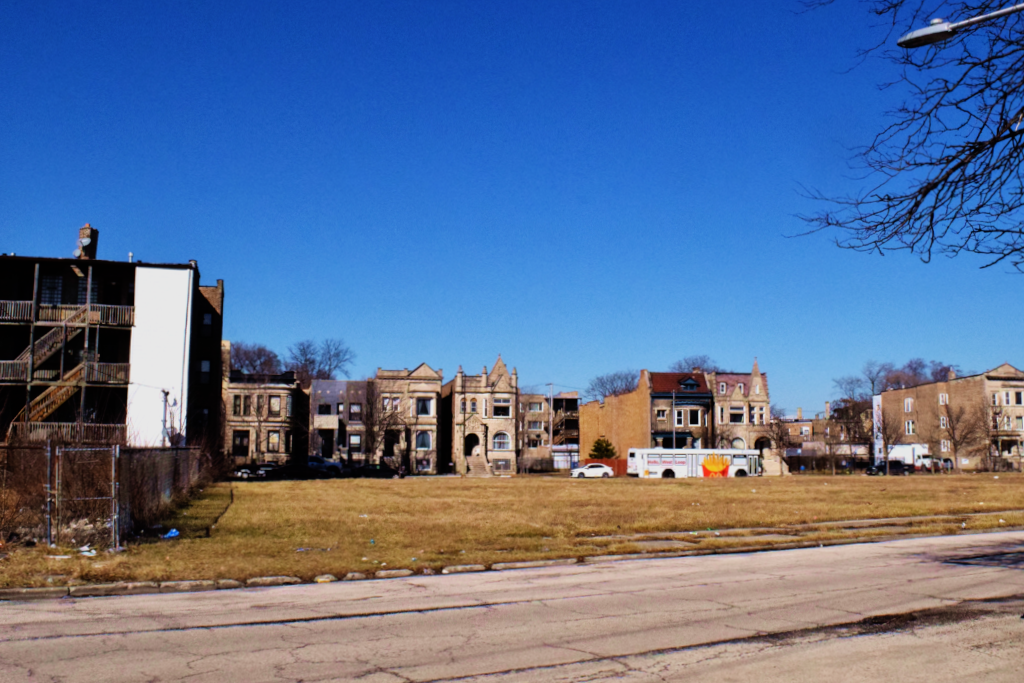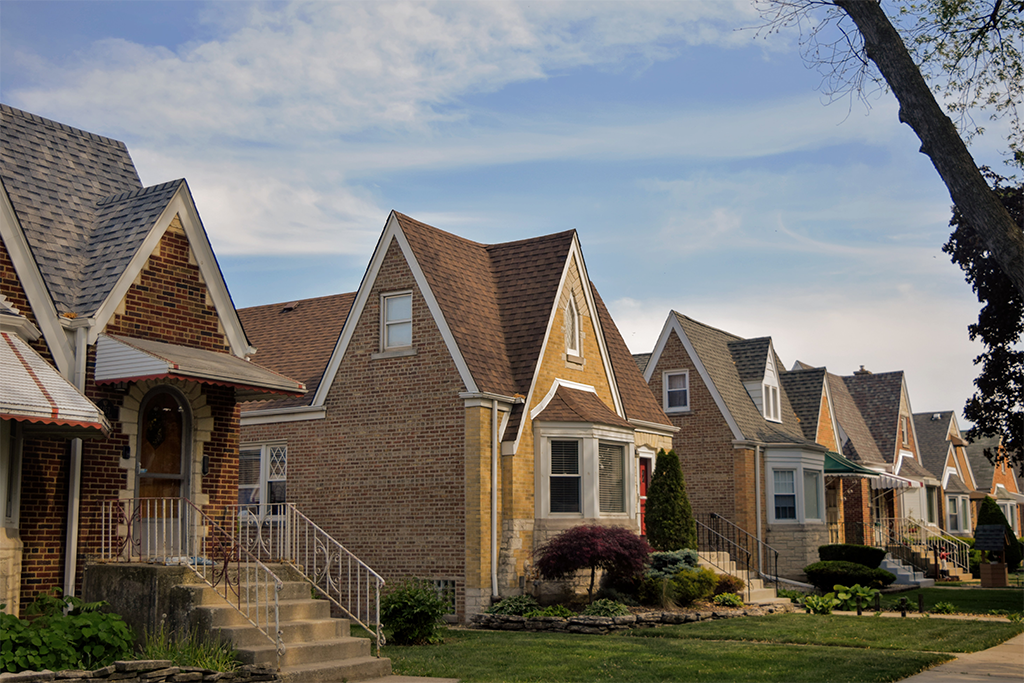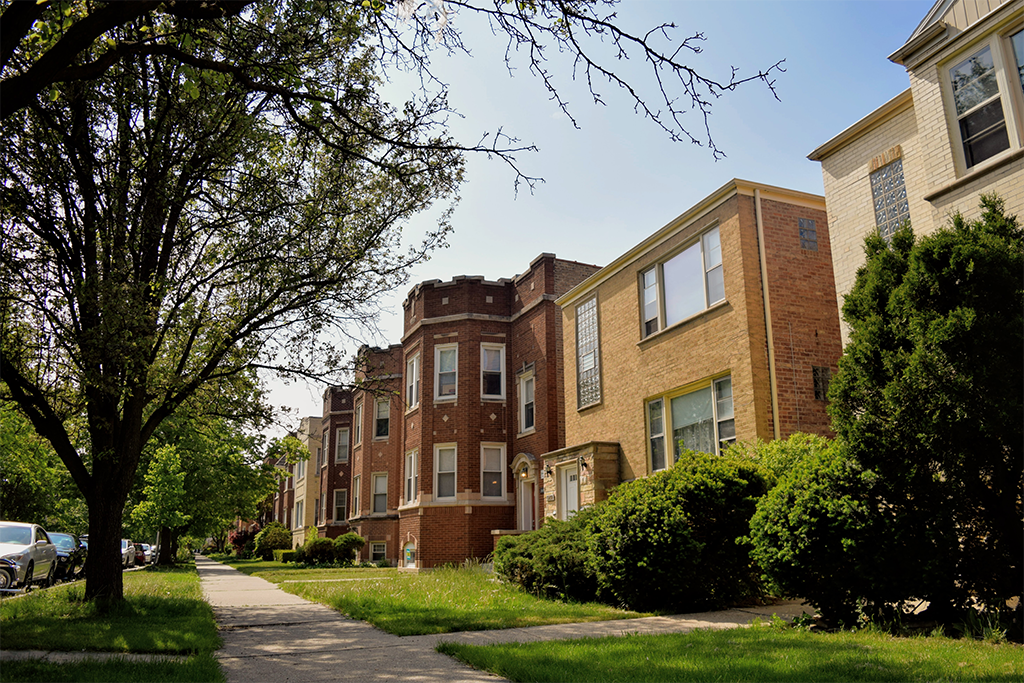In light of the continued acute need for affordable rental housing in Cook County, the latest report from IHS examines a key challenge to maintaining and increasing the supply of affordable rental units: access to credit for multifamily properties in the county's lower-income communities. This report builds on the findings from the 2013 State of Rental Housing in Cook County using mortgage data released in October of 2014. The reports findings are summarized below. The complete report, which includes multiple charts, a map, methodology, and full appendices with data for each graphic, is also available for download at the bottom of this page.
Background
Cook County's housing market continues to show evidence of sustained rising rental demand and a persistent gap in access to affordable rental housing. In 2012, more than 176,000 additional units were needed to meet Cook County's existing demand for affordable rental housing. This mismatch between the demand for and the supply of affordable housing helps to explain why, as of 2012, roughly 51 percent of all renter households in the county were housing-cost burdened, meaning they spent more than 30 percent of their income on housing.
While government assistance with housing costs is available for some very low-income households, only one in four renter households who seek this type of assistance receive it, leaving the vast majority of renter households across the income spectrum to compete for unsubsidized, private-market housing that they can afford.
In Cook County, as is true nationally, a substantial portion of affordable rental housing is found in unsubsidized, smaller, and older rental buildings often located in low- and moderate-income neighborhoods. Small rental buildings with between five and 49 units account for 76 percent of all of Cook County's multifamily rental units and as figure 1 below shows, these small multifamily buildings represent 80 and 83 percent of the multifamily rental units in the county's low- and moderate-income neighborhoods, respectively.
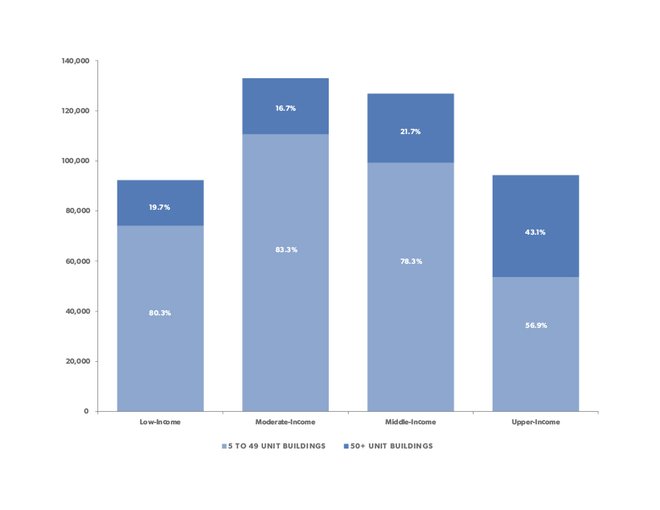 Figure 1. Cook County Multifamily Housing Composition by Neighborhood-Income Level
Figure 1. Cook County Multifamily Housing Composition by Neighborhood-Income Level
There are significant challenges to the preservation of affordable rental units in these neighborhoods, however. Population and demographic shifts have led to reduced demand for housing units in many of these same communities, and the recent housing and economic crisis left the multifamily stock in these areas foreclosure-distressed, leading to increased levels of vacancy and blight.
Given the unmet need for affordable housing in every Cook County neighborhood, access to adequate credit is important to prevent the further deterioration and loss of units in these older buildings. Exacerbating the market-level challenges for these properties is that small rental buildings in low- and moderate-income neighborhoods require smaller-sized loans that have become increasingly more difficult to access, and the types of lenders providing credit to these buildings have either left the market or shifted to making larger loans.
The report
The latest report from IHS examines multifamily lending trends in Cook County between 2005 and 2013 with a focus on the flow of mortgage credit to multifamily buildings in the county’s low- and moderate-income neighborhoods. It finds that multifamily lending levels have been slow to recover in these communities since the housing crisis, and that recent gains in lending to five-plus-unit multifamily buildings have been largely concentrated in the county’s middle- and upper-income neighborhoods.
This analysis also finds a dramatic decline in the availability of smaller loans of less than one million dollars, a contributing factor to which was a decline in the activity of smaller-sized community banks who historically played an important role in making smaller loans to low- and moderate-income neighborhoods. These findings raise concerns not only about potentially unmet credit needs for small multifamily buildings in Cook County’s lower-income communities critical to an already limited supply of affordable rental housing in the county, but also add evidence to the growing policy challenge of an uneven and bifurcated recovery in Cook County’s housing market.
Key findings include:
- Countywide, credit to multifamily rental buildings declined substantially between 2005 and 2009 before rebounding in response to growing rental demand. Multifamily loan volume in Cook County declined by 65 percent between 2005 and 2009. After bottoming out in 2009, multifamily loan volume increased substantially and, in 2013, was roughly nine percent below levels observed in 2005. Figure 2 below shows the change in loan dollars to multifamily rental buildings between 2005 and 2013.
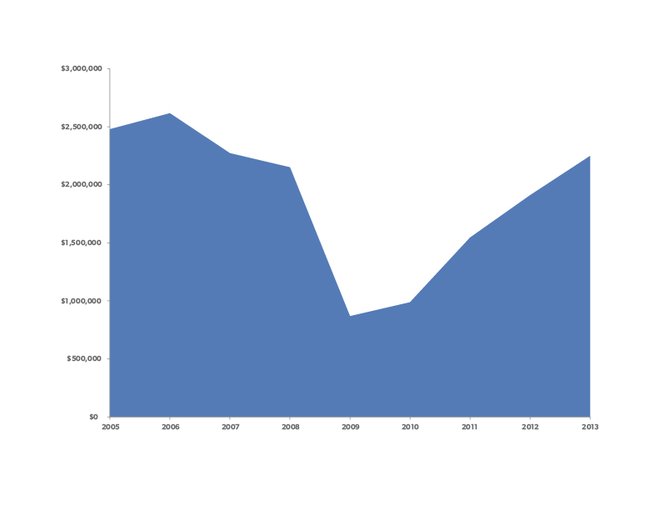 Figure 2. Annual Multifamily Loan Volume ($000 Thousands) in Cook County, 2005 to 2013
Figure 2. Annual Multifamily Loan Volume ($000 Thousands) in Cook County, 2005 to 2013
- Since 2009, multifamily lending in low-and moderate-income neighborhoods has recovered much slower than lending in the county’s highest-income neighborhoods. Since 2009, multifamily loan volume in low-income areas increased by roughly 50 percent but was still almost 54 percent below 2005-lending levels in 2013. This is compared to multifamily loan volume in upper-income areas, which increased nearly 340 percent since 2009 and in 2013 was roughly 79 percent above levels in 2005. Figure 3 below shows these trends in multifamily loan volumes by neighborhood-income level between 2005 and 2013.
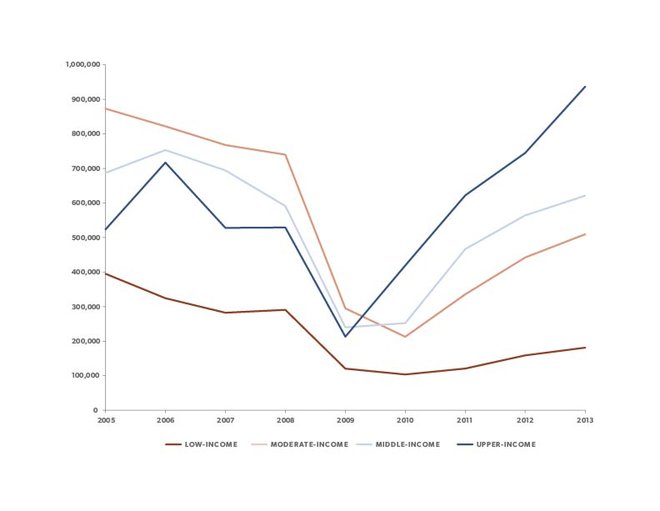 Figure 3. Annual Multifamily Loan Volume ($000 Thousands) in Cook County by Neighborhood-Income Level, 2005 to 2013
Figure 3. Annual Multifamily Loan Volume ($000 Thousands) in Cook County by Neighborhood-Income Level, 2005 to 2013
- The lending recovery has been driven by increases in larger multifamily loans, particularly in higher-income neighborhoods. Between 2005 and 2013, the volume of loans greater than $3 million increased by over 31 percent countywide. In particular, loans greater than $3 million increased by nearly 56 percent in middle- and upper-income communities, while declining by 12 percent in low- and moderate-income communities.
- Since 2005, there has been a sharp decline in multifamily mortgages less than $1 million, particularly in the county’s lower-income neighborhoods. Small rental buildings typically require smaller loans to meet their credit needs, and this is particularly true in lower-income communities where properties often have lower values and charge lower rents. Between 2005 and 2013, the volume of loans less than $1 million declined by nearly 48 percent countywide, but in low- and moderate-income areas, this decline was far greater, declining by nearly 62 percent.
- The market share of loans less than $1 million originated by small lenders in lower-income neighborhoods has declined dramatically.Small lenders have historically played a key role in providing small multifamily loans to lower-income neighborhoods. In 2005, small loans originated by small lenders accounted for nearly 18 percent of all multifamily loan dollars in Cook County’s low- and moderate-income neighborhoods, the largest share for any loan-size and lender-size combination. However, between 2005 and 2013, the volume of these loans declined by nearly 72 percent, and, in 2013, they accounted for less than nine percent of a much smaller universe of multifamily loan dollars to lower-income neighborhoods.
- Increasingly, multifamily lending has shifted to larger loans made by larger lenders, and to higher-income neighborhoods. Between 2005 and 2013, the only type of lending that increased in Cook County’s lower-income communities was large loans originated by large banks. The volume of these loans increased by 14 percent between 2005 and 2013. In middle- and upper-income neighborhoods, these loans increased by over 94 percent during this period. Countywide, in 2013, these loans accounted for nearly 26 percent of all multifamily loan dollars, up from 14 percent in 2005. Conversely, small loans by small lenders accounted for over 16 percent of all multifamily lending in Cook County in 2005, but dropped to only six percent by 2013.
